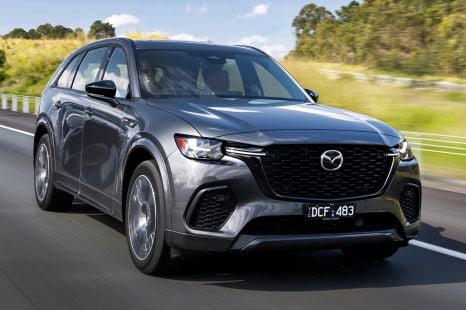

Jack Quick
7.9
5 Days Ago
Slow and steady might win the proverbial race, but if you’re driving too slowly in some Australian jurisdictions, you might win yourself a day in court.

Senior Contributor
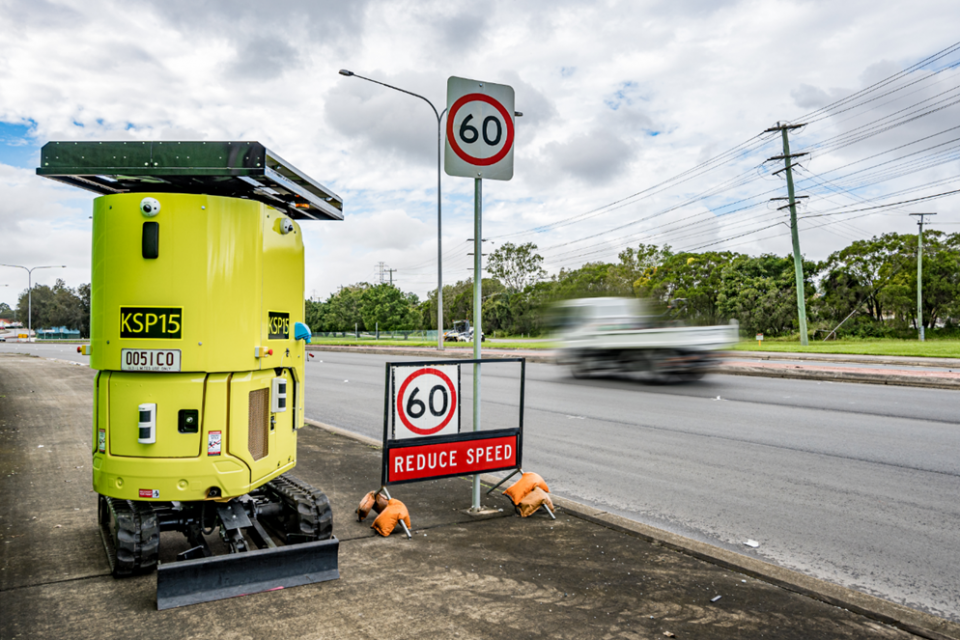

Senior Contributor
Slow and steady might win the proverbial race, but if you’re driving too slowly in some Australian jurisdictions, you might win yourself a day in court.
That might seem extreme, but there are rules in Australia that basically imply you shouldn’t drive so slowly as to impede the flow of traffic. In some states, there are even minimum speed limits for motorways.
For instance, the Australian Road Rules – a document of model laws that have no legal effect, but form the basis of laws that may be applied across the country – has a specific notation regarding traffic impedance.
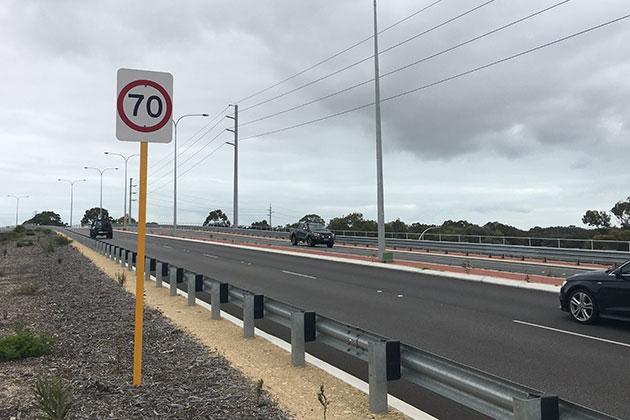
Road Rule 125 – Unreasonably obstructing drivers or pedestrians – calls upon drivers to ensure they do not “unreasonably obstruct the path of another driver or a pedestrian”. As such, a driver must not stop in traffic for no reasonable reason, nor should they drive “more slowly than other vehicles”.
The rulebook even offers up an example: “A driver driving at a speed of 20 kilometres per hour on a length of road to which a speed limit of 80 kilometres per hour applies when there is no reason for the driver to drive at that speed on the length of road”.
In other words, if you’re driving so slowly that other road users are impeded by you, you could be in strife.
Western Australia – the nation’s largest state with some of the longest roads in the country – says that it is important for drivers to pay attention to the speed limit, and stick close to it where possible.
“If you are travelling on a Freeway you must travel no slower than 20km/h below the speed limit unless there is traffic congestion or road conditions dictate,” the WA Police FAQ site states.
But, there are instances of slow driving that may not end up getting you in trouble.
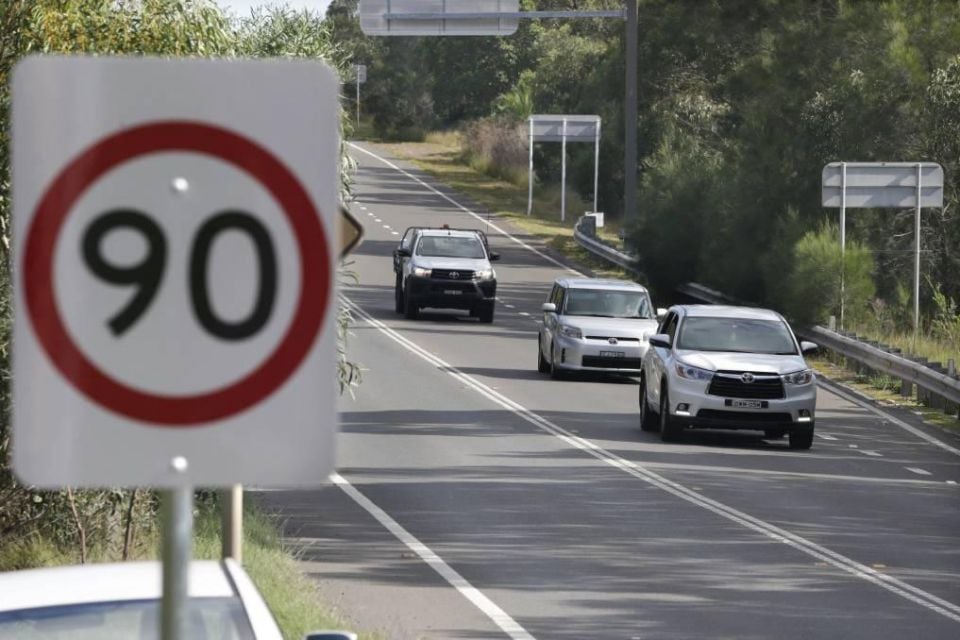
For example, in inclement weather, if you decide to drive slower than the speed limit that’s your prerogative. We’ve all been caught in a sudden downpour, more recently hail and windstorms, or even heavy fog and snow; where the road seems to disappear from sight in front of our very eyes.
In this instance, you’re fine to drive at a speed that you feel is safe based on the visibility available to you.
Just be aware that if you slam on the brakes in this sort of situation, other road users might not be able to see you. Most jurisdictions say that it’s legal to put your hazard lights on if you’re in this situation to help other road users see you.
Other examples of slow-moving vehicles that may be exempt from examination include heavy vehicles, particularly those travelling downhill. And, because cyclists are considered road users despite not needing to have a licence or registration, they may not be able to keep up with traffic in a 60 zone – and that’s legal as well.
One interesting point to check if you are a slowpoke – if you cause an accident because you were driving too slowly, your insurance cover may not pay out.
Not intended as legal advice. Check with the relevant roads authority in your state or territory.


Jack Quick
7.9
5 Days Ago


Neil Briscoe
4 Days Ago


William Stopford
8.5
3 Days Ago
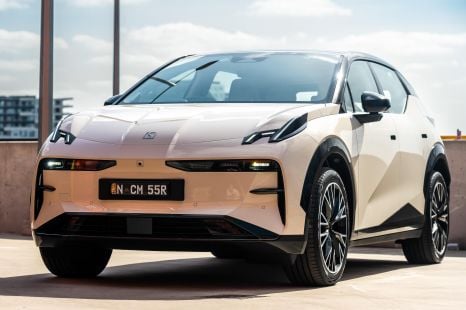

James Wong
7.9
2 Days Ago
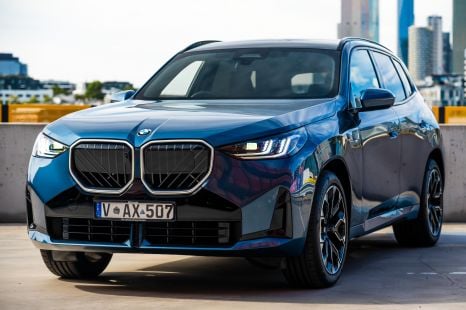

Jack Quick
8.4
1 Day Ago
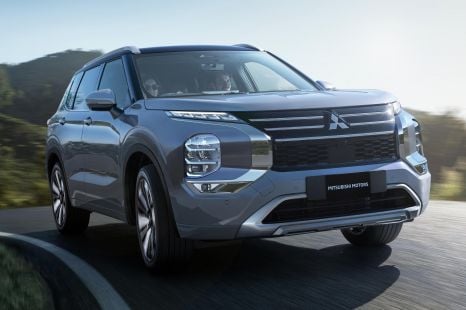

Derek Fung
11 Hours Ago